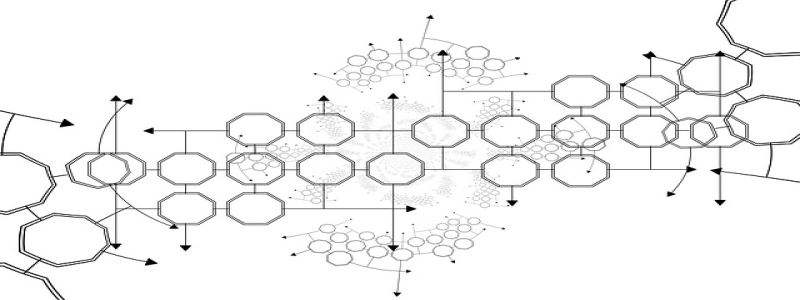What is the Difference between Single Mode and Multimode Fiber
Introduction:
In the world of optical fiber, there are two primary types of fibers that are widely used – single mode and multimode fibers. These fibers are responsible for transmitting data over long distances at the speed of light. Although they serve the same purpose, there are notable differences between them in terms of performance and applications. In this article, we will delve into the dissimilarities between single mode and multimode fibers in detail.
I. Single Mode Fiber:
1. Definition and Characteristics:
Single mode fiber (SMF) is an optical fiber designed to carry only a single mode of light. It has a small core diameter, typically about 9 micrometers. Due to its narrow core, only one light wave or mode can propagate at a given time, resulting in reduced modal dispersion.
2. Transmission Distance:
SMF is highly efficient in transmitting signals over long distances. With minimal attenuation and dispersion, it can be used for lengthy communications such as telecommunication networks or Internet backbones. Single mode fibers are capable of transmitting data for several kilometers without significant loss.
3. Applications:
The single mode fiber’s long-range capabilities make it ideal for applications requiring high bandwidth over extensive distances. It is commonly used in telecommunication networks, cable television transmission, and long-haul systems where data needs to travel over long distances with minimal signal degradation.
II. Multimode Fiber:
1. Definition and Characteristics:
Multimode fiber (MMF) is an optical fiber that can transmit multiple modes or light waves simultaneously. It has a larger core diameter compared to single mode fiber, ranging from 50 to 62.5 micrometers. The larger core allows for multiple light modes to propagate, leading to increased modal dispersion.
2. Transmission Distance:
Due to higher modal dispersion, multimode fiber is not efficient for long-distance transmission. It is best suited for short-distance communication within buildings or campuses. The signal quality deteriorates over long distances, limiting its usage in applications requiring extensive coverage.
3. Applications:
MMF is widely used in local area networks (LANs), data centers, and short-haul communication systems. It is ideal for connecting devices within a confined area, such as computers, switches, and servers. Due to its lower cost and ease of installation, multimode fiber is commonly found in enterprise networks.
Conclusion:
In summary, single mode and multimode fibers are distinctly different in terms of their characteristics, transmission distances, and applications. Single mode fiber excels in long-distance transmissions while multimode fiber is more suitable for short distances. Understanding the differences between these two fibers is critical for selecting the appropriate fiber type for specific applications.







